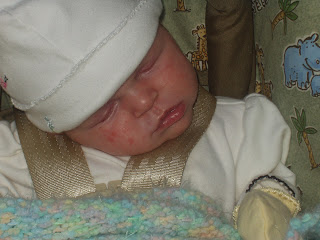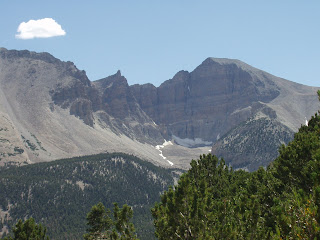


We arrived safely in time to see Noah at Halloween. We have been getting reacquainted with our grandson, Noah. Thanksgiving at Amy, Jason and Noah's house with friends was fun. A playset was purchased for Noah and his neighbor buddy, Scott. The playset is 26 feet long and is 2 stories high. Bob spent a number of hours staining and erecting the playset and as it was used was in a number of pieces. It has brought us great joy interacting with Noah as he reminds us so much of Amy when she was that age. We are looking forward to spending Christmas with Amy, Jason and Noah and the New Year will bring Noah's new sibling in late March. If all goes well we will stay here in Mt. Pleasant until May lst and will then get on the road once again.
Baby Lucy is thriving well in San Francisco. Her parents are enjoying her presence in their lives.
Their blog is http://sanfranciscosylvesters.blogspot.com/ if you would like to see pictures of Lucy.
















































